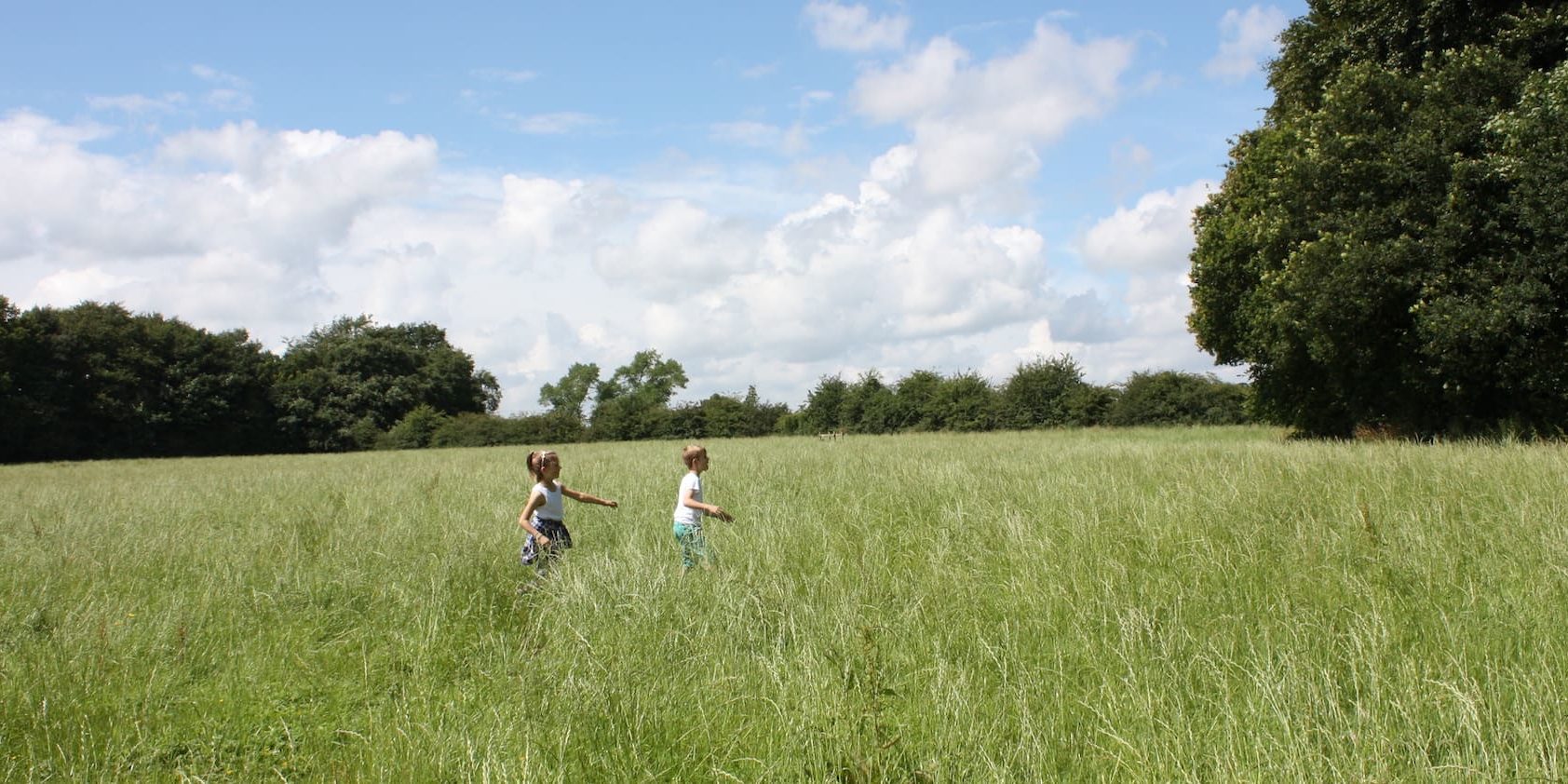NIC report on Ox-Cam says lots and nothing

22nd November 2017

National Infrastructure Commission backs major new growth corridor, but no public consultation. More news in today’s budget?
Campaigners warn that new proposals for development across a swathe of countryside from Oxford to Cambridge along a so called ‘Growth Corridor’ would create more traffic and congestion while worsening already excessive housing pressure in the area. The proposals would be likely to cause unnecessary long-term damage to the environment.
The report on the Oxford-Cambridge ‘corridor’, published by the National Infrastructure Commission (NIC)1 on 17 November, is intended to inform Government spending across the whole sub-region. It is anticipated that a Government announcement on the corridor will be included in today’s Autumn Budget speech by the Chancellor.
In Oxfordshire, the proposed Expressway to support the growth corridor would have a devastating impact, following either the line of the existing A34 with potential implications for areas such as Pixey Mead and Wytham Woods, or cutting a 10-mile swathe through open countryside and Green Belt to the south and east of Oxford city.
Problems for the countryside would be exacerbated if local authorities decided to promote new large-scale housing developments along the new road. The National Infrastructure Commission is looking to enable one million new houses along the route, roughly 10,000 houses a mile.
While the Campaign to Protect Rural England (CPRE) strongly supports proposals to improve East-West rail connections, it remains deeply sceptical of the supposed benefits of building major new dual carriageways through the countryside. In particular, CPRE warns that plans for a hugely expensive ‘expressway’ road as part of the corridor, far from tackling congestion, would increase traffic and cause longer journey-times with people commuting further and further, as CPRE demonstrated when they published: ‘The End of the Road’2 earlier this year.
The NIC report leaves exact details of the Expressway route around Oxford to be decided. Highways England is now embarking on a series of ‘stakeholder meetings’ with a view to announcing the final proposed route in July 2019.
This means there will be no public consultation on the choice of routes, only a nominal say on the finer details once the overall route has already been decided.
Given the potential severity of the impact CPRE Oxfordshire has reiterated its call for a public inquiry, to instigate a full public consultation into the NIC’s options for the corridor before it considers endorsing them.
Helen Marshall, Director, CPRE Oxfordshire said: ‘CPRE favours an alternative approach which maximises housing on urban brownfield sites, invests in public transport, uses local solutions on existing roads to deal with congestion points and seeks to support innovative, environmentally-conscious businesses.”
ENDS
Notes to Editors
1. Partnering for prosperity: a new deal for the Cambridge – Milton Keynes – Oxford Arc, National Infrastructure Commission, November 2017: https://www.nic.org.uk/publications/partnering-prosperity-new-deal-cambridge-milton-keynes-oxford-arc/
2. The End of the Road: http://www.cpre.org.uk/resources/transport/roads/item/4543-the-end-of-the-road-challenging-the-road-building-consensus
CPRE Oxfordshire
22 November 2017
